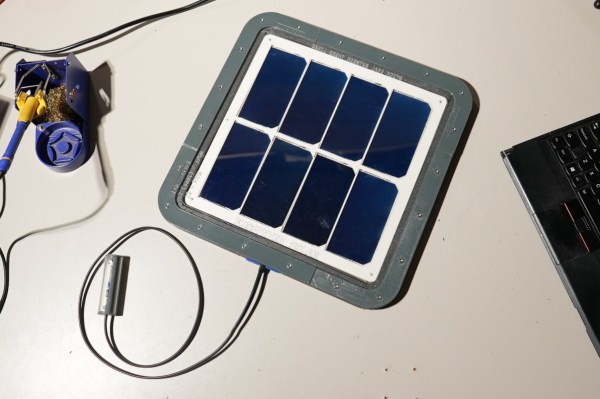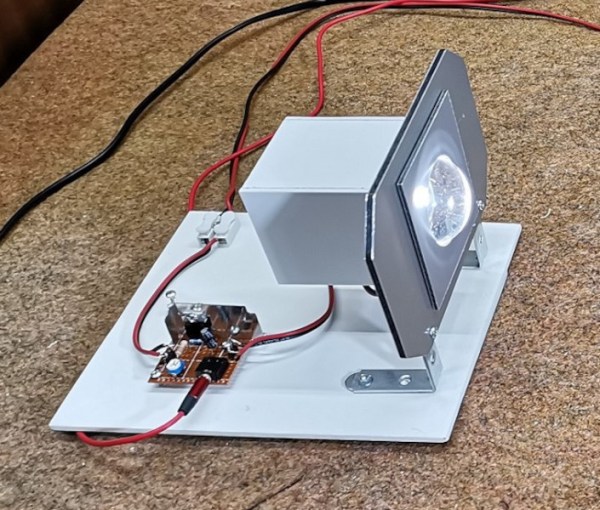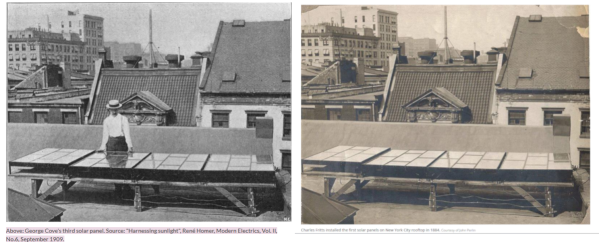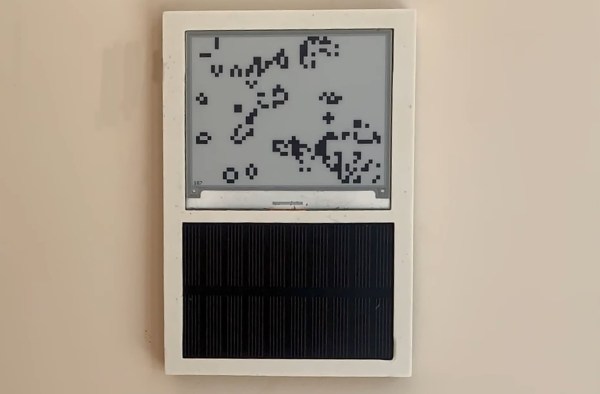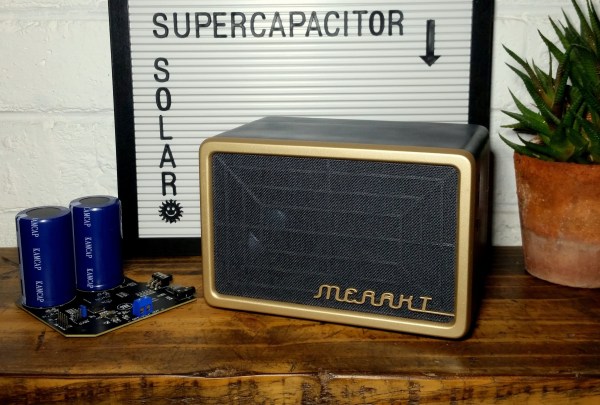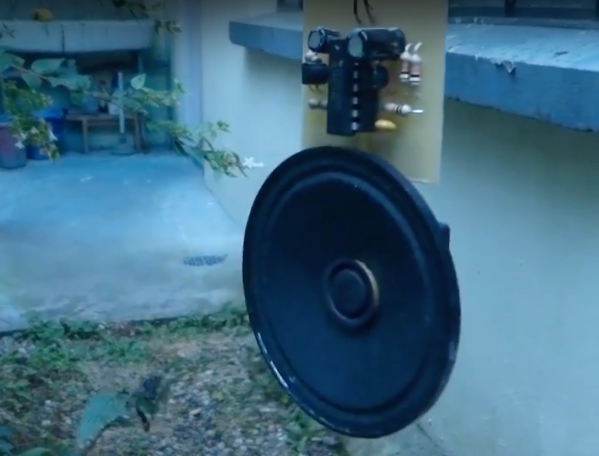As the price of solar panels continues to fall, more and more places find it economical to build solar farms that might not have been able to at higher prices. High latitude locations, places with more clouds than sun, and other challenging build sites all are seeing increased green energy development. The modules being used have one main downside, though, which is that they’re essentially a black box encased in resin and plastic, so if one of the small cells fails a large percentage of the panel may be rendered useless with no way to repair it. A solar development kit like this one from a group called Biosphere Solar is looking to create repairable, DIY modules that are completely open source, to help solve this issue.
The modular solar panel is made from a 3D printed holster which can hold a number of individual solar cells. With the cells placed in the layout and soldered together, they are then sandwiched between a few layers of a clear material like acrylic or glass with a seal around the exterior to prevent water intrusion. Since the project is open-source any number of materials can be used for the solar cell casing, and with the STL file available it’s not strictly necessary to 3D print the case as other manufacturing methods could be used. The only thing left is to hook up a DC/DC converter if you need one, and perhaps also a number of bypass and/or blocking diodes depending on your panel’s electrical layout.
The project is still in active development, and some more information can be found at the project’s website. While the “recyclability” of large-scale solar farms is indeed a problem, it’s arguably one which has been overblown by various interests who are trying to cast doubt on green energy. A small build like this won’t solve either problem anytime soon, so the real utility here would be for home users with small off-grid needs who want an open-source, repairable panel. It’s a great method to make sure solar technology is accessible and repairable for anyone that wants it, and in a way this approach to building hardware reminds us a lot of the Framework laptops.

